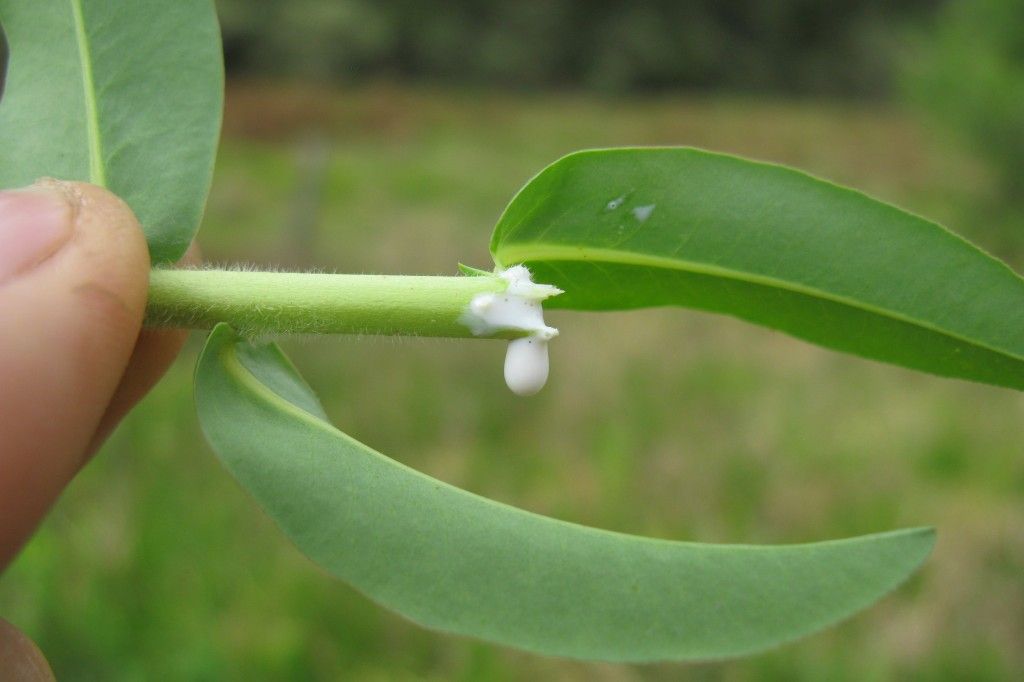When cutting flowers from your home garden, it is important to remember that you are subjecting the plant to surgery, and you are cutting off the food supply when you sever the flower. Once a stem is cut the flower has no access to moisture from the roots of the plant, and the stem will have to draw up its own moisture, which is harder than getting it from the plant’s sap.
However, the leaves will continue to transpire water vapor even though the stem is accessing less moisture. This is why some flower stems, such as heavy-headed hydrangeas, are often totally submerged in a bath of water to revive them from wilt.
Always cut flowers in the cool part of the day, not when the sun has been shining on them for hours. Remove basal leaves and stand the stems in deep water in a cool dark location for several hours. Burning the ends of any stems that exude milky sap from plants such as dahlias, poppies, and euphorbias helps them retain their vital juices. Just hold a match on the cut end of the stem for a few seconds to seal the wound. It helps if these flowers are picked when they are not fully open. If buds don’t open, especially anemones that are famous for the air bubble which may form in their stems, cut the ends again and place in warm water and cover with a cloth.
This is Moya Andrews, and today we focused on cutting flowers










